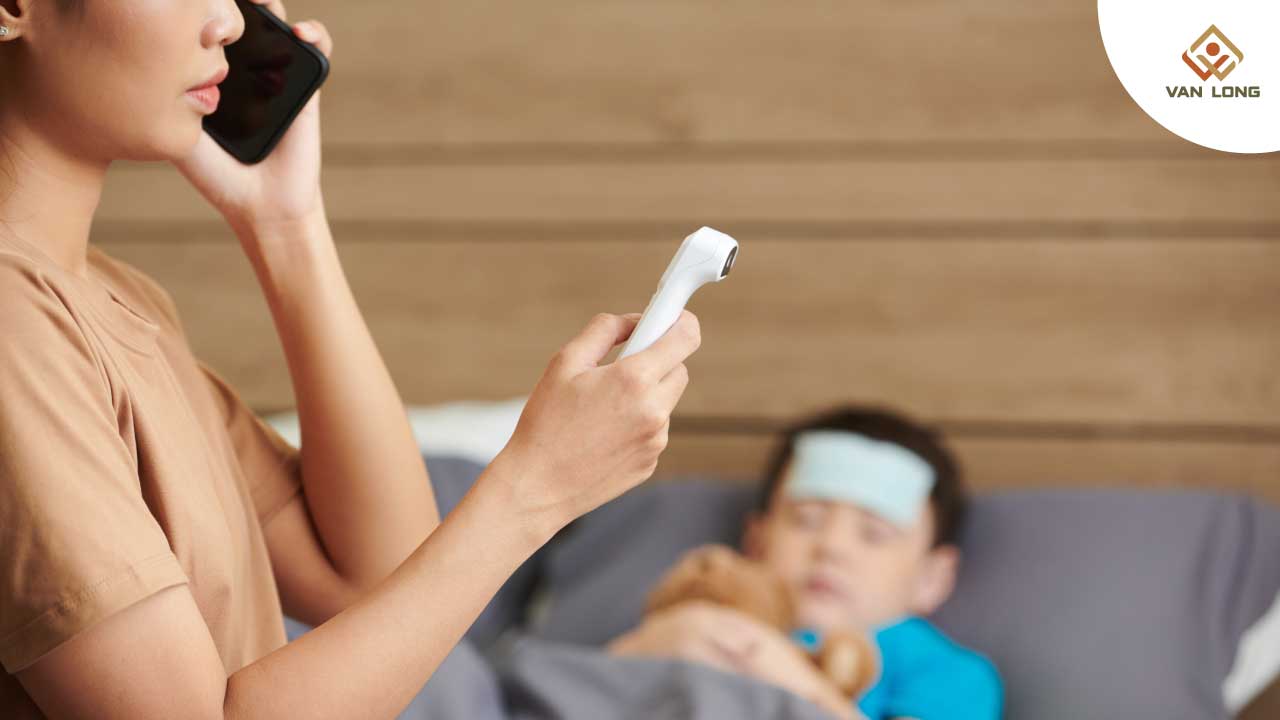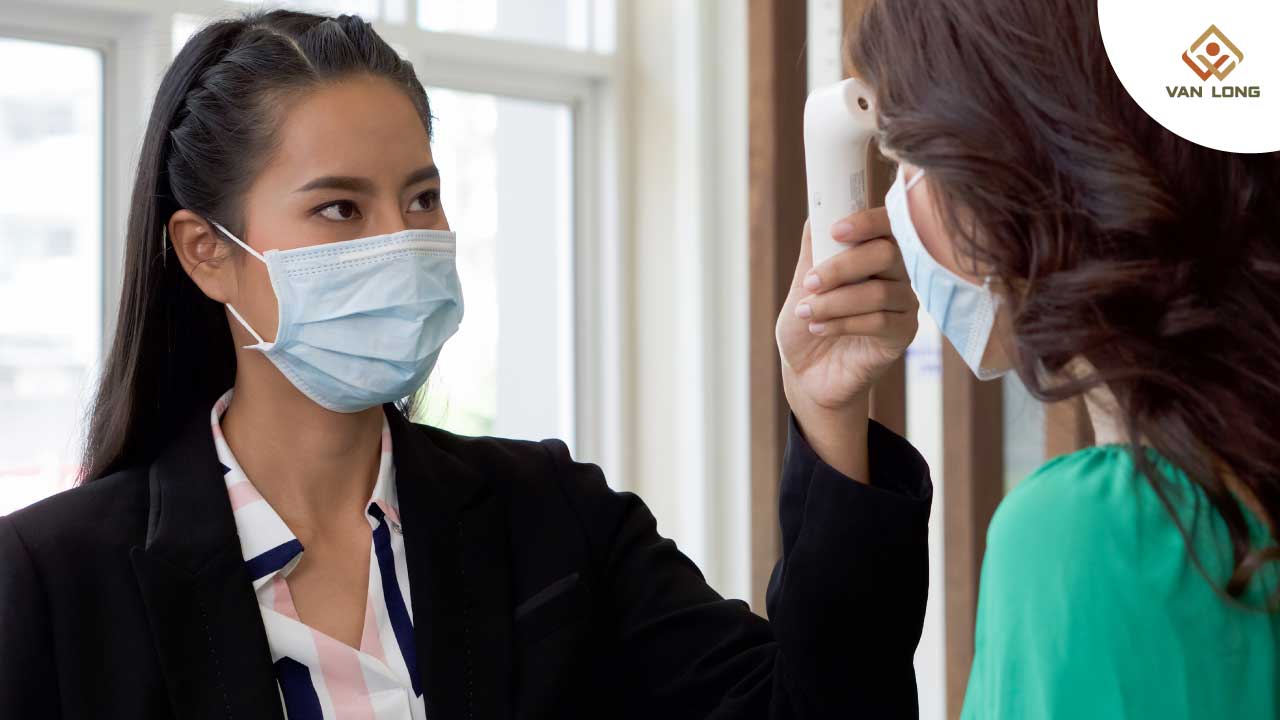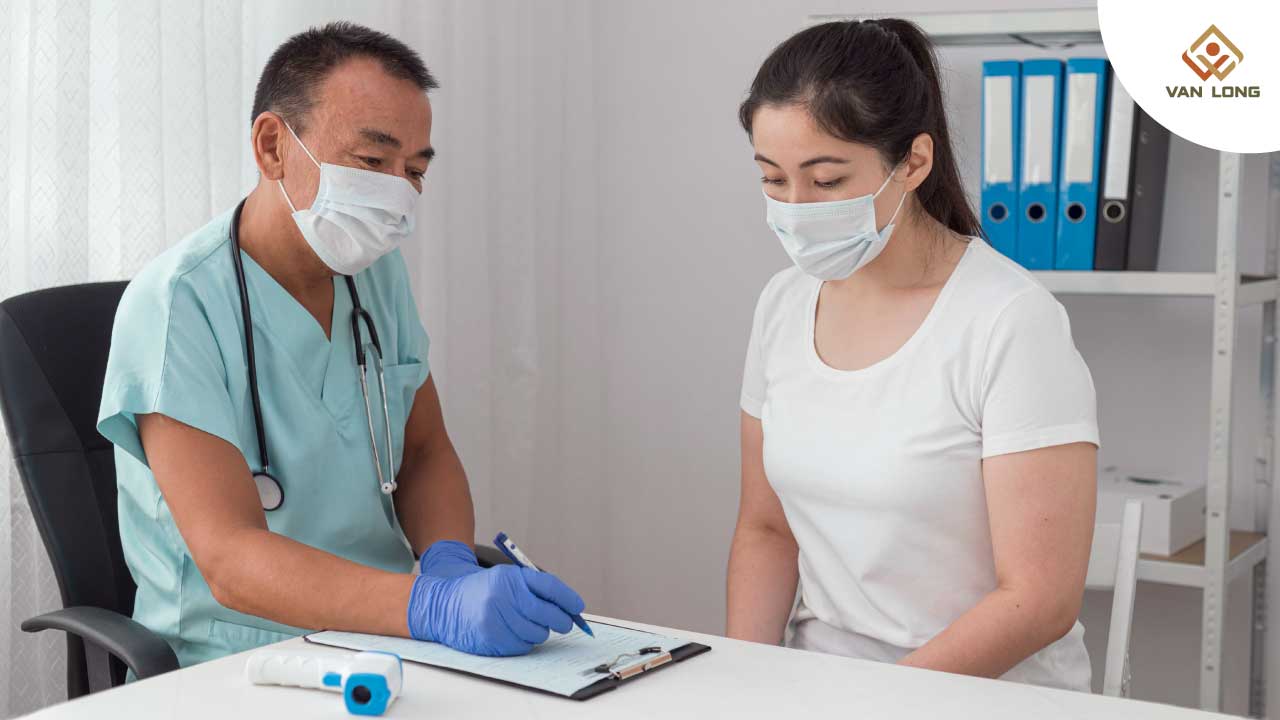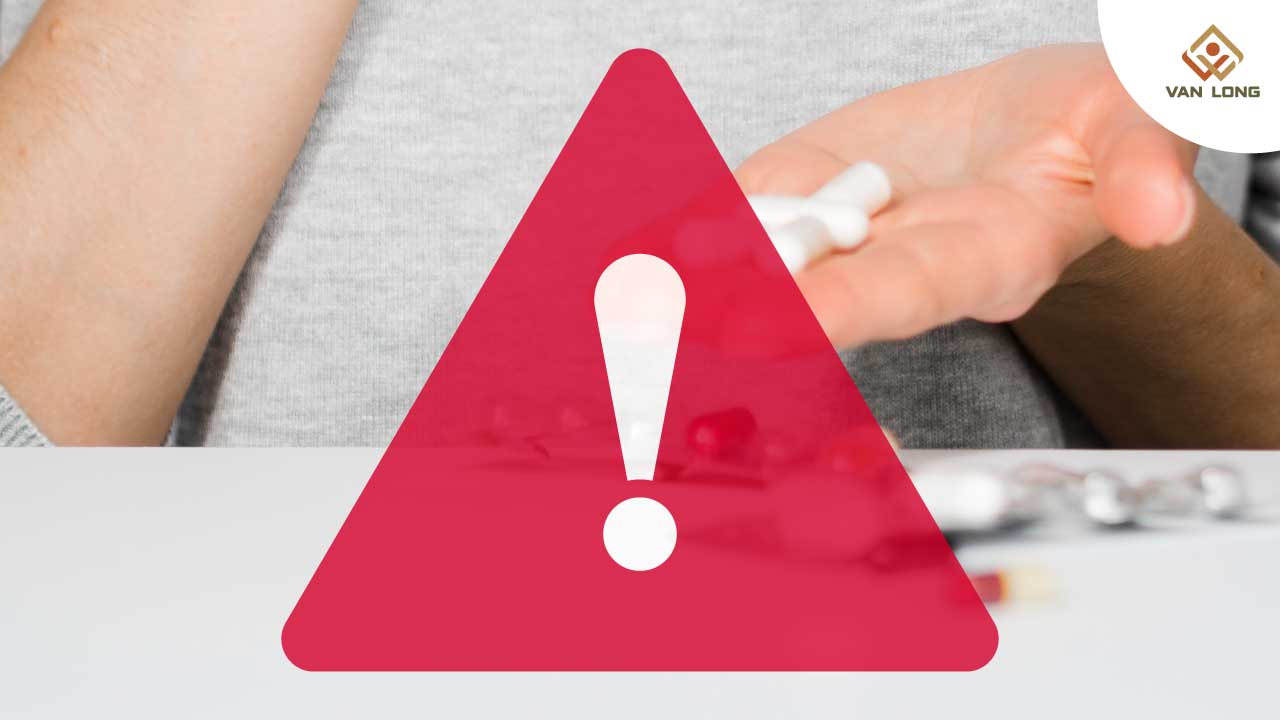Đừng coi thường những cơn sốt – Hãy theo dõi đúng cách. Sốt không phải là một bệnh mà là phản ứng tự nhiên của cơ thể khi chống lại vi khuẩn, virus hay các tác nhân gây viêm nhiễm. Tuy nhiên, nếu không được theo dõi và xử lý đúng cách, sốt có thể dẫn đến những biến chứng nguy hiểm, đặc biệt ở trẻ nhỏ dễ bị co giật do sốt cao đột ngột, còn người lớn tuổi hoặc người mắc bệnh nền thì dễ bị suy kiệt hoặc trở nặng.
Chính vì vậy, việc sở hữu một chiếc nhiệt kế hồng ngoại để theo dõi thân nhiệt liên tục, ghi nhận chỉ số qua nhật ký theo dõi sốt, và biết cách hạ sốt tại nhà là điều mà mọi gia đình cần chuẩn bị.

Không phải cứ sốt là uống thuốc ngay. Việc tự ý dùng thuốc hạ sốt bừa bãi có thể khiến tình trạng bệnh nặng hơn hoặc che mất triệu chứng quan trọng. Dưới đây là ngưỡng nhiệt độ cơ bản:
Nhiệt độ từ 37.5°C – 38°C: Theo dõi sát sao, chưa cần dùng thuốc.
Từ 38.5°C trở lên: Có thể cho uống thuốc hạ sốt theo liều khuyến nghị.
Thân nhiệt 38°C – 38.5°C: Theo dõi, uống nhiều nước.
Từ 38.5°C trở lên: Dùng thuốc hạ sốt nếu khó chịu.
Tip: Luôn theo dõi thân nhiệt liên tục, đo lại sau 30–60 phút, ghi vào checklist theo dõi nhiệt độ để phát hiện bất thường.

Vì sao ngày càng nhiều gia đình lựa chọn nhiệt kế hồng ngoại thay cho nhiệt kế thủy ngân?
Nhanh chóng: Đo chỉ 1–3 giây, không làm trẻ thức giấc khi đang ngủ.
An toàn: Không chứa thủy ngân, không cần tiếp xúc trực tiếp với da nên hạn chế lây chéo virus trong nhà.
Dễ dùng: Người già, trẻ nhỏ đều đo được.
Đa chức năng: Nhiều dòng có thể đo cả nhiệt độ sữa, nước tắm, phòng ngủ.
Để nhiệt kế phát huy hiệu quả, bạn cần nắm vững cách đo đúng tư thế, khoảng cách, vệ sinh đầu đo, tránh sai số.

Đo trán: Lau khô trán, vén tóc gọn gàng. Giữ đầu thẳng, mắt nhìn thẳng.
Đo tai: Dành cho trẻ lớn, người lớn. Kéo nhẹ vành tai để đưa đầu đo vào đúng vị trí ống tai.
Thông thường, khoảng cách lý tưởng từ 3–5 cm (tuỳ model). Quá xa tia hồng ngoại bị phân tán, quá gần dễ bị sai số vì hơi nóng thiết bị.
Giữ đầu đo vuông góc với bề mặt đo.
Giữ đầu người được đo yên, nhất là trẻ em.
Không đo khi vừa đi ngoài trời nắng, vừa tắm hoặc vừa vận động mạnh.
Trước và sau khi đo, lau nhẹ đầu đo bằng bông tẩm cồn 70 độ để tránh lây nhiễm chéo vi khuẩn, virus.

- Bước 1: Theo dõi nhiệt độ
- Bước 2: Chăm sóc hạ sốt không dùng thuốc
Mặc đồ mỏng, thoáng.
Chườm ấm tại trán, nách, bẹn.
Cho bé uống nước, bú mẹ nhiều hơn.
- Bước 3: Dùng thuốc khi cần
Dùng Paracetamol, Ibuprofen đúng liều theo cân nặng.
Không tự ý dùng Aspirin cho trẻ em.
- Bước 4: Khi nào cần đưa đi viện?
Sốt cao ≥ 39.5°C không hạ sau 2 liều thuốc.
Trẻ co giật, lừ đừ, bỏ bú, khó thở.

- Theo dõi nhiệt độ đều đặn
Dùng nhiệt kế hồng ngoại đo và ghi nhận.
Uống nhiều nước, nghỉ ngơi.
- Chườm ấm – Uống thuốc đúng liều
Chườm khăn ấm tại các vị trí tĩnh mạch lớn.
Dùng thuốc hạ sốt khi nhiệt độ ≥ 38.5°C, không uống nhiều loại thuốc hạ sốt cùng lúc.
- Khi nào cần nhập viện?
Sốt kéo dài trên 48 giờ không rõ nguyên nhân.
Có dấu hiệu mất ý thức, mê sảng, đau ngực, khó thở.

Một nhật ký theo dõi sốt giúp bạn:
Nắm rõ diễn biến.
Đưa thông tin chính xác cho bác sĩ.
Nội dung nên ghi:
Thời gian đo.
Chỉ số nhiệt độ.
Liều thuốc đã dùng.
Tình trạng bé/người bệnh.

Đúng: Mặc đồ mỏng, chườm ấm.
Đúng: Theo dõi bằng nhiệt kế hồng ngoại, chỉ uống khi cần.
Đúng: Lau đầu đo, giữ đúng khoảng cách, đo nhiều lần.
Chọn thương hiệu uy tín: Yuwell, Omron, Microlife.
Sai số lý tưởng: ±0.2°C.
Có đèn nền đo ban đêm, bộ nhớ lưu kết quả.
Bảo quản nơi khô ráo, tránh va đập.
Hiệu chuẩn định kỳ 6–12 tháng/lần.
Thay pin kịp thời.

Hoàn toàn được. Đo nhanh, không gây khó chịu.
Khoảng 2–4 giờ/lần. Nếu bé sốt cao, cần theo dõi sát hơn.
Không! Chườm đá dễ gây co mạch đột ngột. Chỉ nên chườm ấm.
Những cơn sốt không chừa ai – từ trẻ sơ sinh, người lớn, đến người già có bệnh nền. Trang bị nhiệt kế hồng ngoại, biết cách hạ sốt tại nhà và theo dõi chỉ số bằng checklist nhiệt độ là điều mà mọi gia đình cần làm ngay hôm nay.
Hãy nhớ:
Đo đúng, ghi chép đều đặn.
Hạ sốt theo đúng quy trình, không lạm dụng thuốc.
Đưa người bệnh đi viện khi có dấu hiệu bất thường.
——————————
CÔNG TY TNHH PHÁT TRIỂN THƯƠNG MẠI DỊCH VỤ VÂN LONG
YOUR NEEDS - OUR BUSINESS
Hotline: (028) 3526 2468 / 098.484.0440
Email: cskh@vl-groups.com
Website: www.vl-groups.com
Địa chỉ:
- Văn phòng HCM: Tòa nhà Fosco, D35 + D36 - 40 Bà Huyện Thanh Quan, P.Xuân Hòa, TP. HCM
- Trung tâm bảo hành: 373/14 Nguyễn Kiệm, P.Đức Nhuận, TP.HCM
- Văn phòng Hà Nội: Khu VP Hồng Hà, 38.3/1 Ngõ 109 Trường Chinh, P.Phương Liệt, Q.Thanh Xuân, Hà Nội
- Kho Tổng: 938 Quốc Lộ 1A, P.Linh Xuân, TP.HCM
🌼 Shopee: https://shopee.vn/vanlonggroups
🌼 Tiktok: https://www.tiktok.com/@thietbichamsocsuckhoe
🌼 Tiki: https://tiki.vn/cua-hang/cham-soc-suc-khoe-van-long
🌼 Lazada: https://www.lazada.vn/shop/van-long-our-needs-your-business